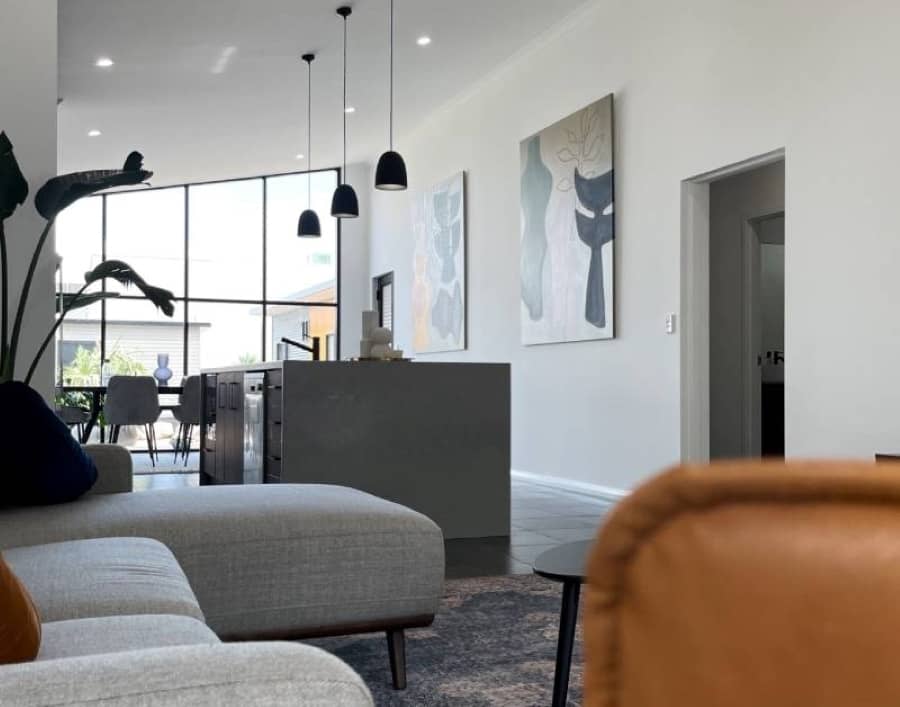For any construction project, you are required to obtain permits. This includes building modular, prefabricated, or otherwise transportable buildings. The exception to this is if the structure is the size of a small shed and is not intended to be used as a dwelling.
What are the Permit Differences for Transportables or Modulars to Regular Buildings and Homes?
You will need two permits. First, you will need a planning permit and next, you must have a building permit. Essentially, the permits and process are similar whether you are putting up a modular home or constructing a house from scratch.
Western Australia is somewhat more lenient with its regulations about granny flats than other Australian states. Typically, you can add a modular granny flat to your property without numerous permits. Meeting the Residential Design Codes is a must and seeking the approval of local authorities is the best way to avoid any future issues with your municipality, insurance company, or construction people.
What Types of Permits and Approvals Do You Need for Transportables or Modular Dwellings?
If you are going to build a modular or transportable building in Western Australia, you must get the appropriate permits before you begin construction.
**A notable exception is if your modular home is being built as an extension or an existing house, you do not need a permit. **
You should also know that if your modular or transportable building will be constructed on vacant land, you must get appropriate permits.
There are two essential permits you will need before you begin building your prefabricated dwelling. These are:
- A Planning Permit
- A Building Permit
These are necessary for building structures, either prefabricated or free-standing. While it is possible to get a planning permit without getting a building permit, you must have a planning permit to obtain a building permit. Furthermore, the building permit information must line up with the information recorded on the planning permit.
Local Council Regulations
The regulations you must meet and the statutes you must adhere to will vary based on the local rules. Every state and municipality in Australia has its requirements. For this reason, be sure to contact your local council and do not take for granted that what you found to be true in Stirling is the same in Freemantle.
While this may seem confusing, different cities and towns do not always have the same inherent risks or considerations. So, safety requirements or building demands that are extremely helpful in one part of the state may not be applicable in another area. Some examples of this include:
- Is the property in a bushfire zone
- Is the property on a flood plane
- How many dwellings are on the block
- Does the land have aboriginal heritage considerations
Other permits and considerations administered by your local government include:
- Building Development Approval (BDA) from your local council if you will use the structure as a residence
- A permit under the Environmental Planning and Assessment Act 1979 which is necessary if it falls under the provisions of a Special Environmental Planning Policy (SEPP) for manufactured homes
- Getting a Complying Development Certificate (CDC) from a private certifier or a Development Approval (DA) from your local council
- Environmental Planning and Assessment (EP&A) Act 1979 allows you to build a moveable or manufactured house
- Local Government Act 1993 permitting the installation of a manufactured or transportable home
- A permit from Section 8 of the Local Government Act
One of the best ways to ensure your modular or transportable building tick all the requirements for permits and codes is to work with a builder who has years of experience arranging permits and satisfying local regulations.
Will I Need More Permits after Construction on My Modular or Transportable Home is Complete?
Once your transportable or modular home is complete, you will need one more permit before you can move in, an Occupancy Permit.
According to the Building Code of Australia, all Class 2 to 9 buildings require an Occupancy Permit. The list of Class 2 through 9 buildings is lengthy and modular homes are included along with apartments, factories, warehouses, public buildings, shops, and offices for professional and commercial uses.
Your new dwelling must have an Occupancy Permit to confirm that the building meets and complies with the provisions of the building code. In general terms, the building should be free from defects, safe, and habitable. The structure must also adhere to the submitted plans without any unauthorized changes or additions.
Purchasing a modular or transportable home can be a fantastic option for many Aussies. Just be sure to plan on getting the necessary permits. If you are not sure what you need to legally begin the build, do not delay in reaching out to us. Our staff have years of experience obtaining permits and ensuring paperwork is in order. We will make sure your permits are all sorted and that all national, state and local statutes are met.


